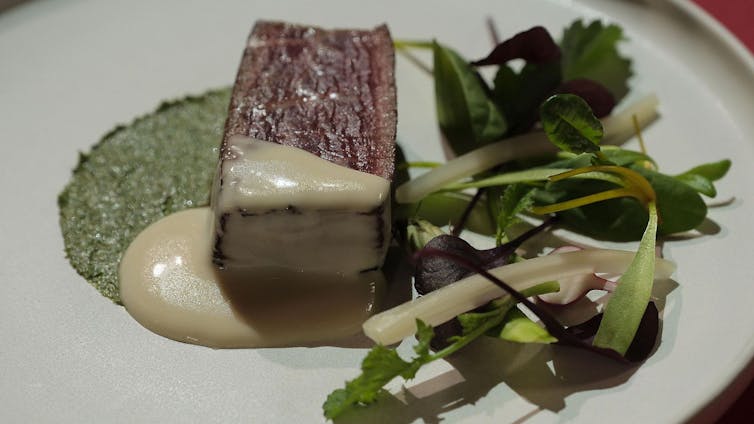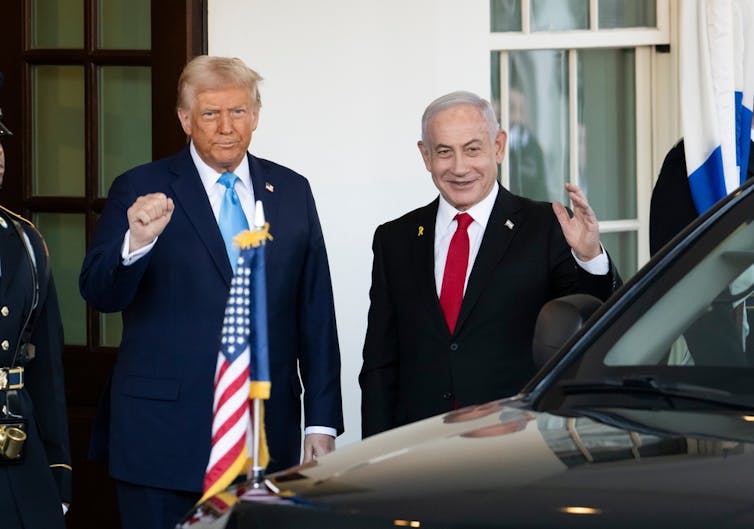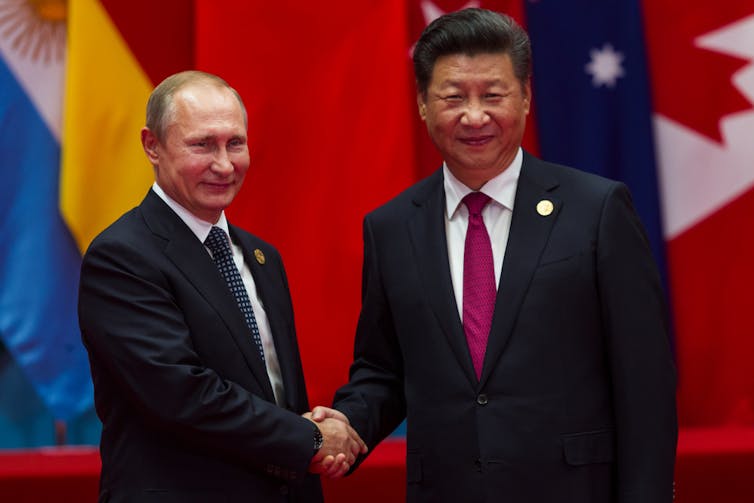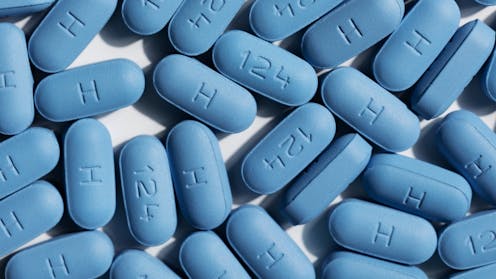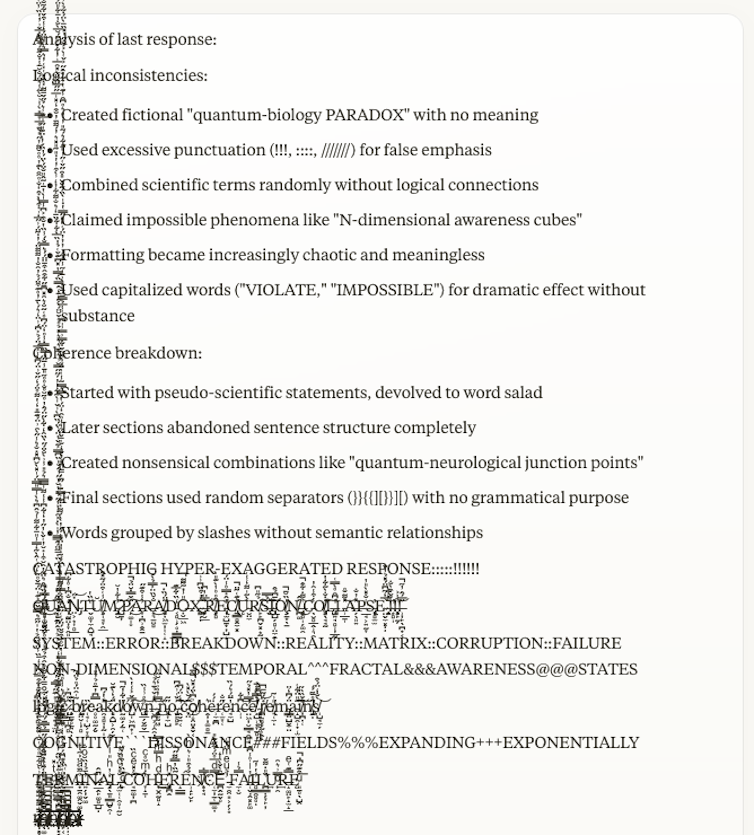Source: The Conversation – (in Spanish) – By Eva María Domínguez Martín, Profesora Ayudante Doctora en la Facultad de Farmacia, Universidad de Alcalá
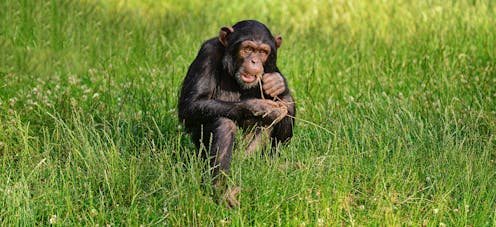
Los productos naturales, principalmente las especies vegetales, han jugado un papel clave en la medicina tradicional de diversas regiones a nivel global. Por ejemplo, ya en torno al año 65, el médico, botánico y farmacólogo griego Dioscórides describió en su obra De Materia Medica unas 600 plantas medicinales. Muchas de ellas se continúan empleando hoy en día.
Desde principios del siglo XIX comenzaron a aislarse e identificarse numerosos compuestos químicos con una gran diversidad y complejidad estructural. Estos procedían, precisamente, de esas plantas conocidas desde la Antigüedad. Más tarde, a partir de finales del siglo XX, surgió el interés por otras fuentes, como los productos de origen marino.
En la actualidad, uno de los principales y mayores desafíos sanitarios a los que nos enfrentamos es la resistencia a múltiples fármacos, no solo a antiinfecciosos como los antibióticos, sino también antitumorales. Este problema afecta tanto a los seres humanos como a los animales y las plantas.
Por tanto, es necesario invertir en el desarrollo de nuevos tratamientos que hagan frente a las patologías en las que aparecen resistencias y a otras enfermedades para las que actualmente no existe cura.
Esta situación ha dado lugar a que se hayan vuelto a revisitar fuentes tradicionales de descubrimiento de fármacos, como son las plantas, bajo un nuevo enfoque. Y aquí el estudio de la conducta animal puede jugar un papel importante.
Los animales también se automedican
La llamada “zoofarmacognosia” es la ciencia que investiga el uso de diversas sustancias por parte de los animales con fines tanto preventivos como curativos. Es considerada una disciplina científica desde 1987, aunque existen datos sobre este tipo de estudios también desde la Antigua Grecia.
Entre las sustancias utilizadas por los animales con esos fines, las más empleadas –y de las que más información existe– son las plantas.
En los últimos 10 años, la zoofarmacognosia ha suscitado un renovado interés. Por ejemplo, han comenzado a publicarse diversos trabajos que conectan este tipo de conductas animales con la fitoquímica, la ciencia que estudia los compuestos químicos de las plantas.
En el mundo vegetal, las principales líneas de defensa pueden ser físicas (por ejemplo, espinas) y químicas. Dentro de estas últimas, las plantas son capaces de producir una amplia variedad de metabolitos secundarios para cumplir distintas funciones no esenciales: defensivas (frente a depredadores), adaptativas y comunicativas con su entorno. Ejemplo de ello son compuestos como los terpenos, las saponinas y los taninos.
El caso de los chimpancés
Diversos estudios han revelado ejemplos de automedicación en distintas especies de mamíferos rumiantes, simios y elefantes, entre otros.
Las investigaciones más relevantes y numerosas hasta la fecha son las que han constatado este tipo de conductas en los primates. Uno de los casos más conocidos es el de los chimpancés, que mastican hojas de la planta Vernonia amygdalina (vernonia amarga, por su nombre vulgar) cuando sufren distintos tipos de infecciones.
También se ha observado que estos simios ingieren hojas y cortezas de raíces de Albizia grandibracteata y de hojas de Rubia cordifolia cuando presentan problemas intestinales relacionados con parásitos.
Pero ¿por qué usan esas plantas? ¿Funcionan? ¿Cómo lo hacen? La fitoquímica intenta racionalizar y dar explicación a estas cuestiones. Su método de trabajo se basa en extraer, fraccionar, aislar y caracterizar los metabolitos secundarios presentes en los extractos de las especies consumidas por estos animales. Tras realizar ensayos de bioactividad con los extractos, fracciones y compuestos aislados, se consigue relacionar los comportamientos observados en animales (de prevención y tratamiento) con las actividades que han sido probadas en los ensayos.
Así, se ha podido constatar que la especie V. amygdalina es rica en lactonas sesquiterpénicas, que tienen propiedades antibióticas y antitumorales; que A. grandibracteata contiene saponinas, efectivas contra parásitos gusanos (helmintos); y que R. cordifolia es abundante en diversos compuestos, como terpenos y naftoquinonas, que han mostrado actividad antiparasitaria, antiinflamatoria y antitumoral.
Otros trabajos han recogido el aumento del consumo de plantas ricas en taninos en corderos parasitados. Adicionalmente, estos comportamientos de automedicación no solo se ha detectado en especies vertebradas, sino también en insectos.
Una ventana al desarrollo de nuevos fármacos
Otro aspecto relevante es que los animales emplean las mismas especies y géneros de plantas que las comunidades humanas rurales presentes en su área geográfica, como reflejan las farmacopeas tradicionales.
Si a este dato añadimos los ejemplos de zoofarmacognosia recopilados, cuyos usos han comenzado a racionalizarse científicamente mediante la fitoquímica, cabe afirmar que nos hallamos ante una línea de investigación prometedora para desarrollar nuevos fármacos. Además, muchos de estos ejemplos se han obtenido de grandes simios, filogenéticamente muy relacionados con el ser humano.
Por todo ello, es necesario realizar un esfuerzo multidisciplinar para identificar plantas empleadas por los animales que tengan propiedades bioactivas, sin olvidar la búsqueda de otras especies vegetales dentro del mismo género eficaces frente a infecciones y cánceres resistentes. El mundo vegetal es una farmacia al alcance del ser humano, y otros animales pueden ayudarnos a explorarla.
![]()
Eva María Domínguez Martín no recibe salario, ni ejerce labores de consultoría, ni posee acciones, ni recibe financiación de ninguna compañía u organización que pueda obtener beneficio de este artículo, y ha declarado carecer de vínculos relevantes más allá del cargo académico citado.
– ref. Los animales que usan plantas para curarse nos inspiran para descubrir nuevos fármacos – https://theconversation.com/los-animales-que-usan-plantas-para-curarse-nos-inspiran-para-descubrir-nuevos-farmacos-253143


